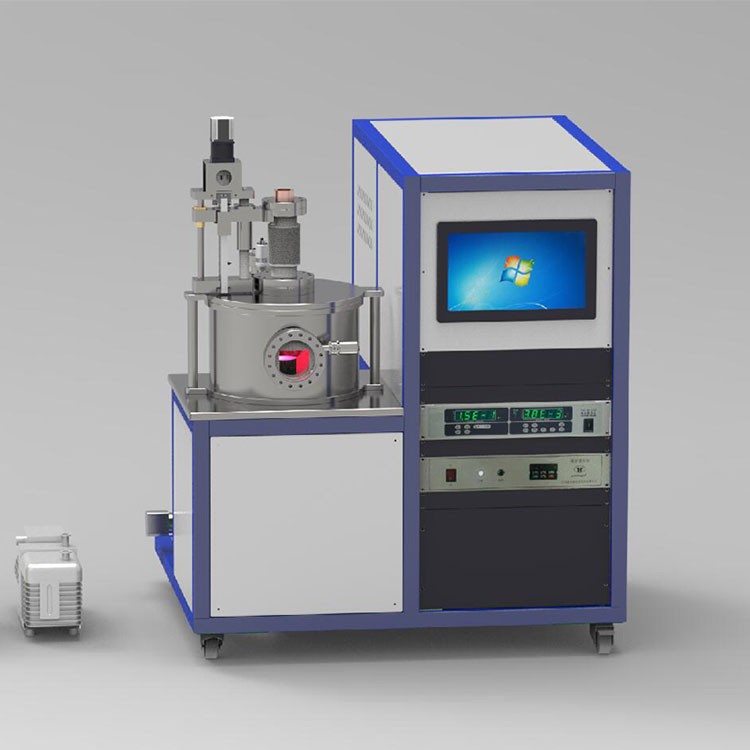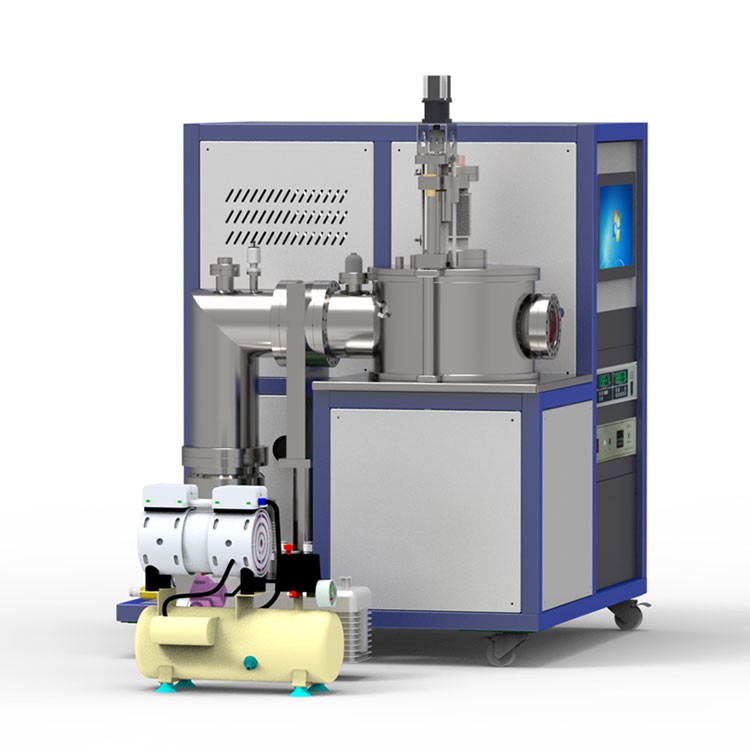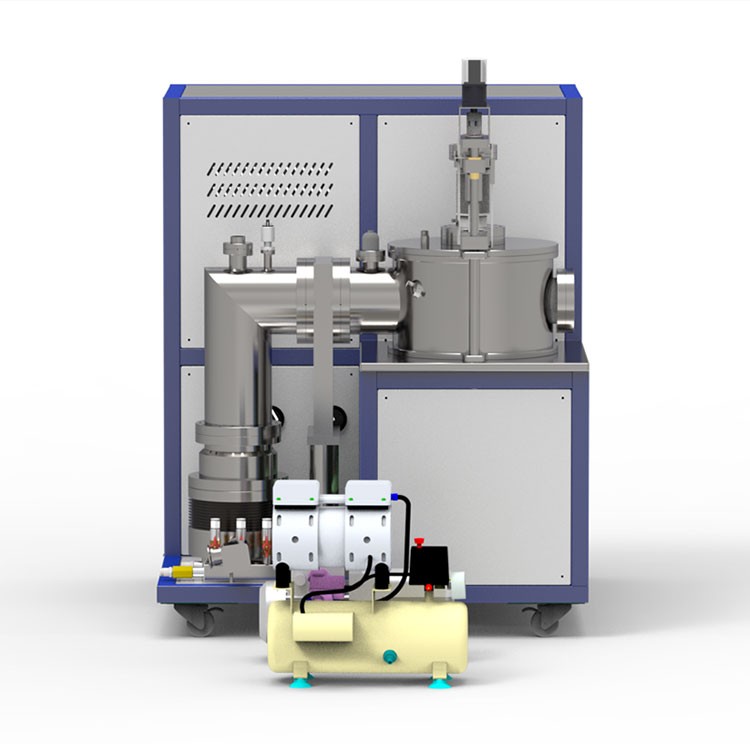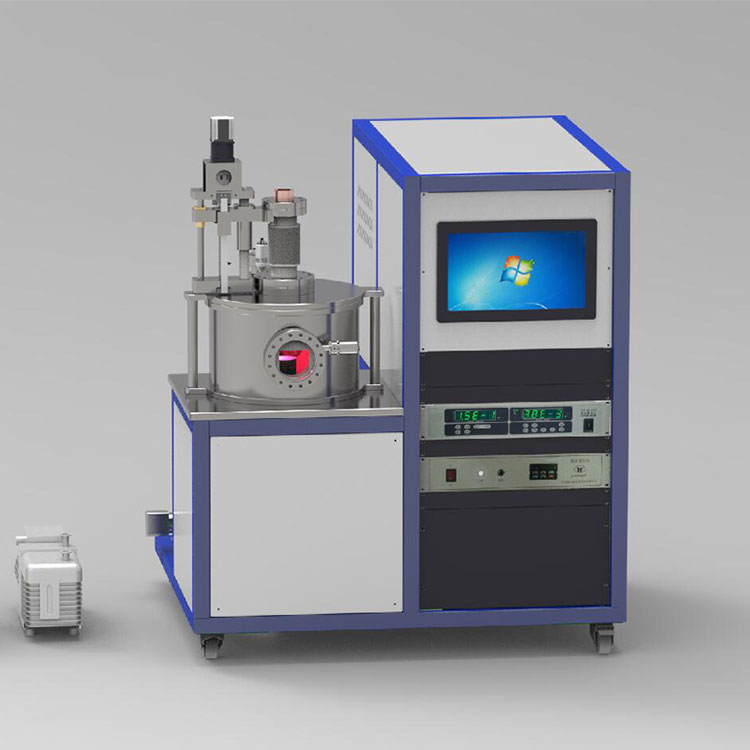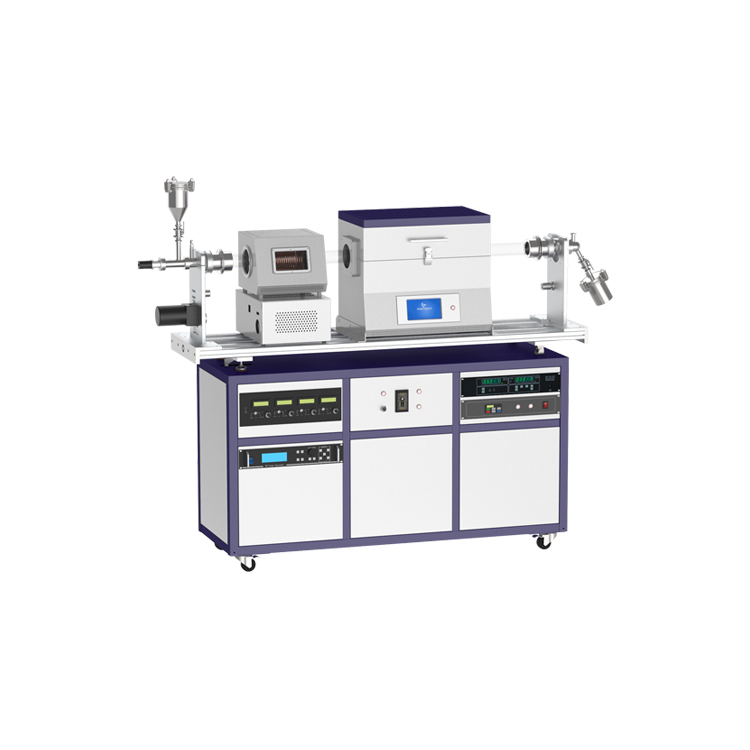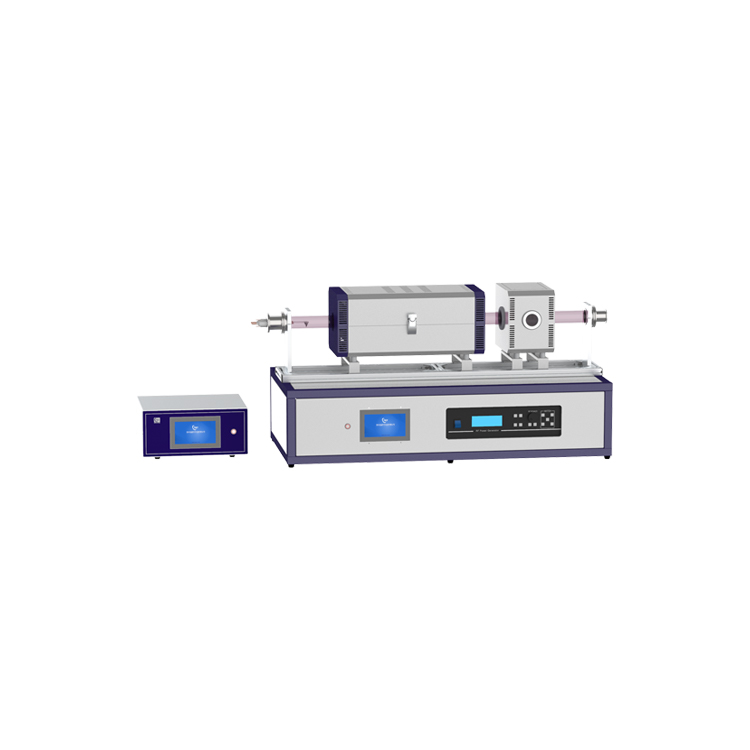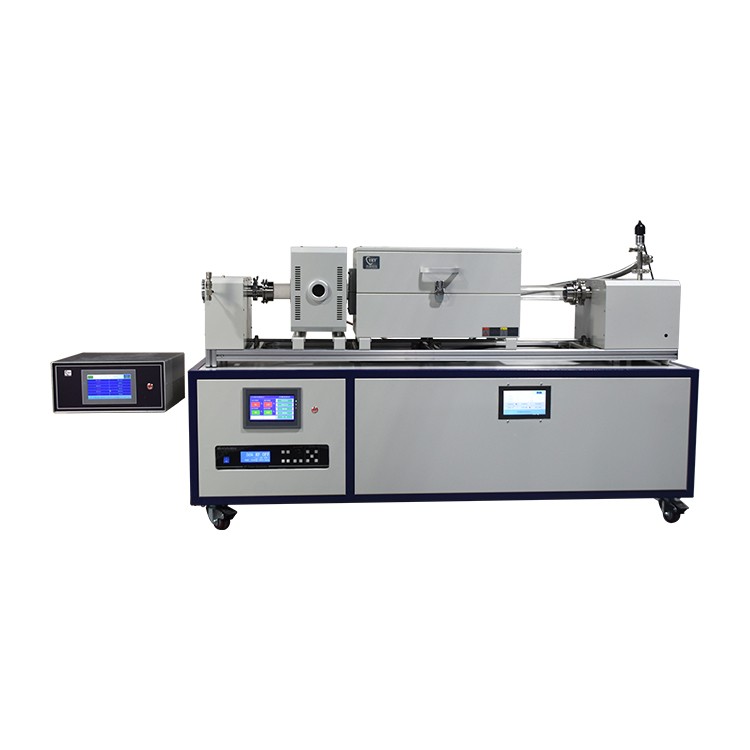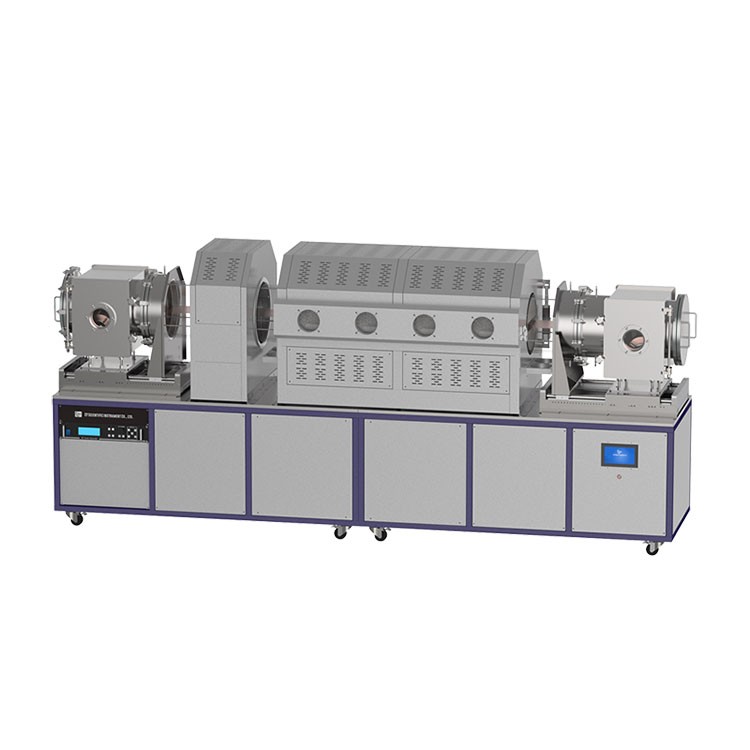Deposition chamber | Stainless steel water-cooled interlayer | Design the appropriate cavity size according to the electrode size to ensure that there is no discharge between the cavity wall and the electrode |
Open cavity way | Lift to open the cavity or open the door in front, convenient for lofting and cleaning |
Observation window | Set up multiple observation windows to ensure that the cathode, anode and deposition table can be observed |
Vacuum system | Vacuum pump | Vacuum is pumped by mechanical pump, no need to configure molecular pump |
Ultimate vacuum | 0.1~1Pa |
Pump down time | 5~15min |
Vent setting | Ensure uniformity of pumping |
Air pressure adjustment range | 0.1Pa~30KPa |
Release valve | Can be restored to the atmosphere |
Vacuum gauge | High-precision vacuum gauge accurately measures the pressure value of the cavity |
Gas distribution system | Air source configuration | 5 gas sources of hydrogen, methane, nitrogen, argon, and oxygen, with an additional one reserved for backup |
Gas flow control | The volume flow is controlled by MFC, and a flow meter with a suitable range is selected according to the size of the cavity. Different flow sizes will affect the pressure rise time. In general, the flow rate of hydrogen: methane: nitrogen: argon: oxygen is 40:1:1:40:1 |
Air intake setting | Reasonable air inlet setting to ensure air inlet uniformity |
Water cooling system | Water cooler power | The cooling power and head of the water chiller should match the heat generation of the equipment and the cooling water flow, and the temperature should be adjustable, generally set at about 20°C |
Valve | The deposition chamber, cathode, and anode all need to be cooled, and a water separator needs to be installed, and manual valves are set at the inlet and outlet of each branch on the water separator. |
Operating temperature | The anode working temperature is 600-1100℃, the cathode working temperature is 700-1100℃ |
Power | Operating Voltage | 600~1200V, adjustable output voltage |
Working current | 6~15A |
Control System | 1) Gas flow control; 2) Electrode lifting control, real-time display of cathode and anode distance, control accuracy 1mm; 3) Monitoring and display of cathode, anode and substrate temperature; 4) Some functions can be adjusted manually, such as air pressure; 5) Fault alarm to prevent misoperation; |
Electrode | 1) The anode diameter is 60mm, and the material is copper 2) The diameter of the cathode is 80~100mm, and the material is molybdenum. After long-term use, carbon is easy to deposit on the surface of the cathode and the discharge is unstable. Therefore, it needs to be designed as a replaceable structure; 3) The distance between the cathode and anode is adjustable, the range is 10~60mm, the distance is displayed in real time, and the adjustment accuracy is 1mm; 4) The edges of the cathode and anode can be rounded to prevent edge discharge; 5) The anode can be negatively biased, and the bias voltage range is 0~400V; 6) The edge of the electrode is insulated to prevent edge discharge; |

